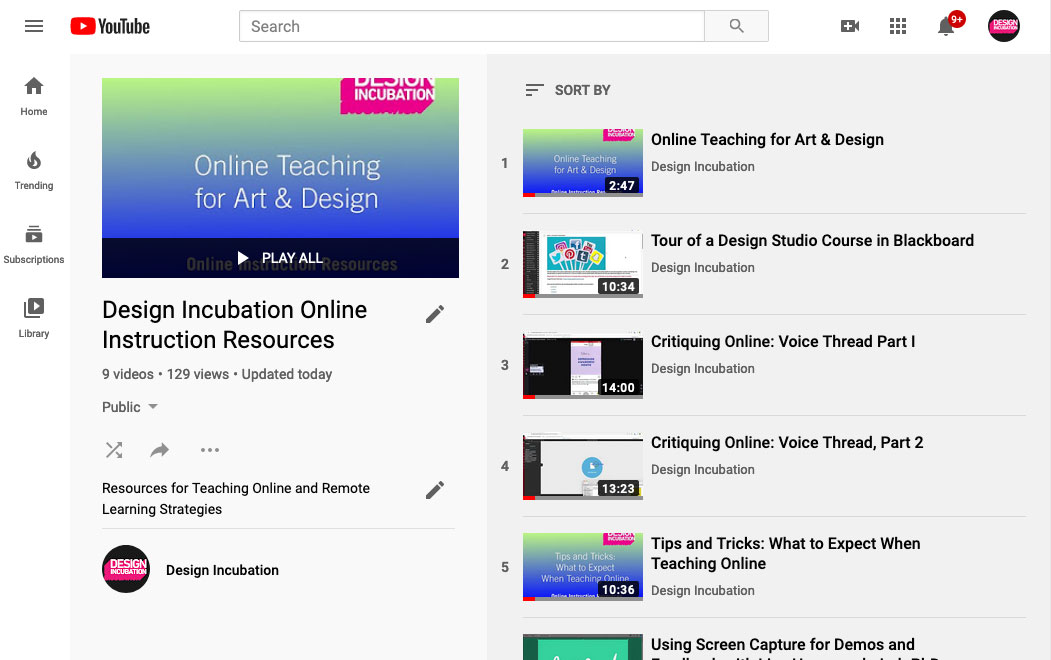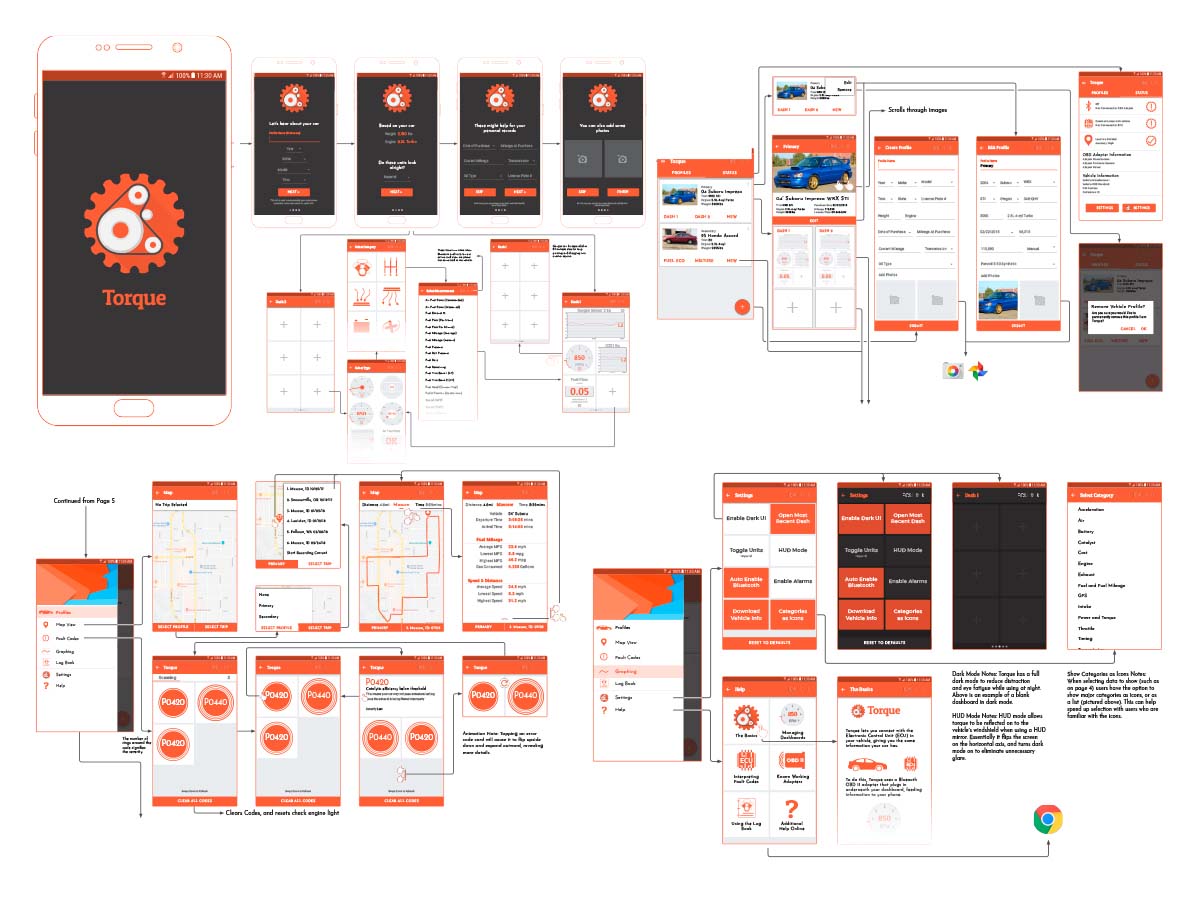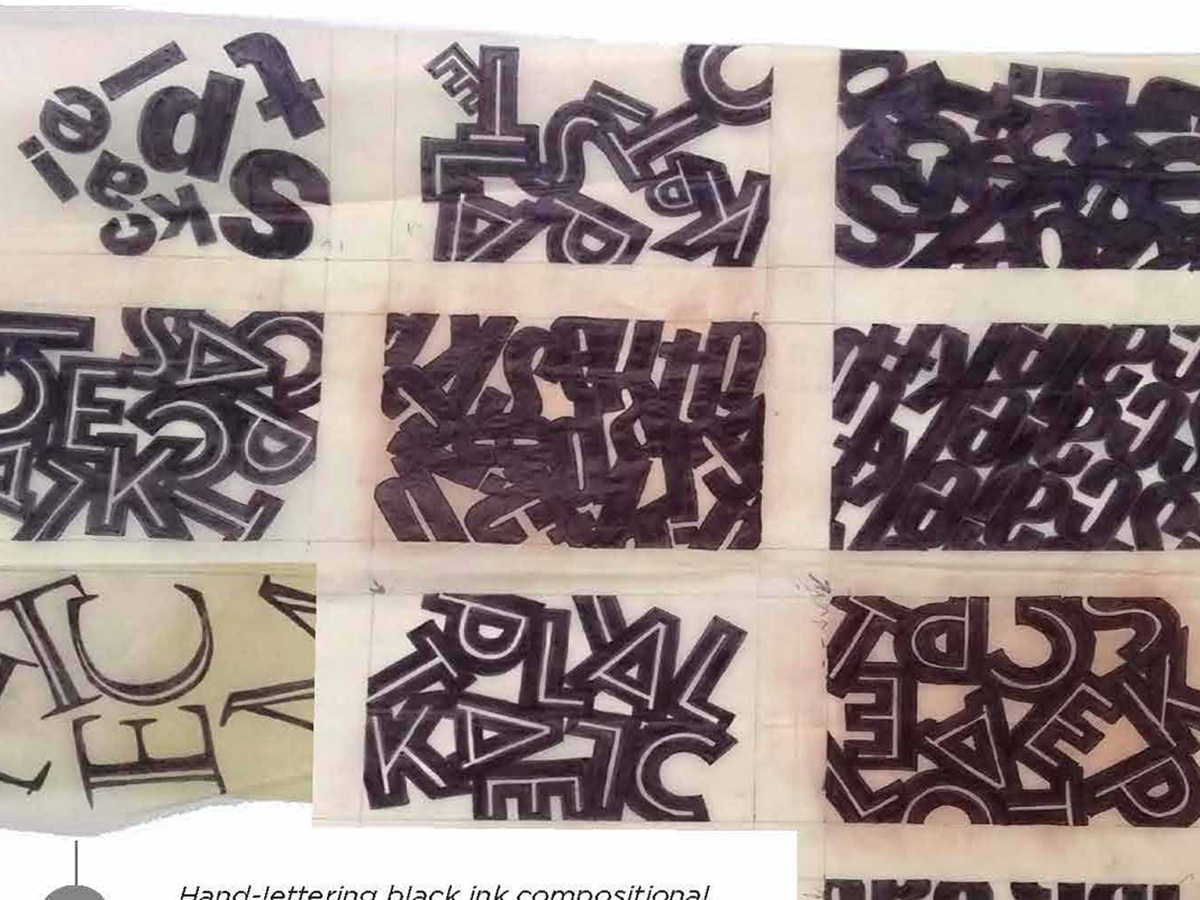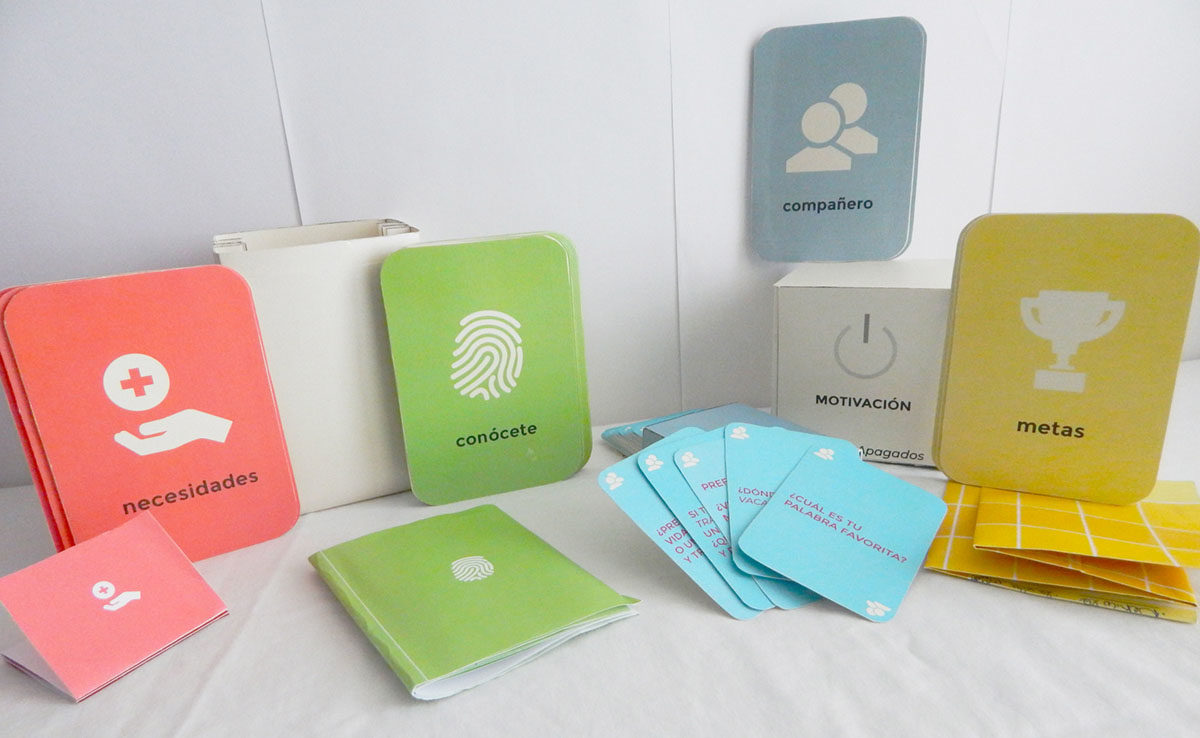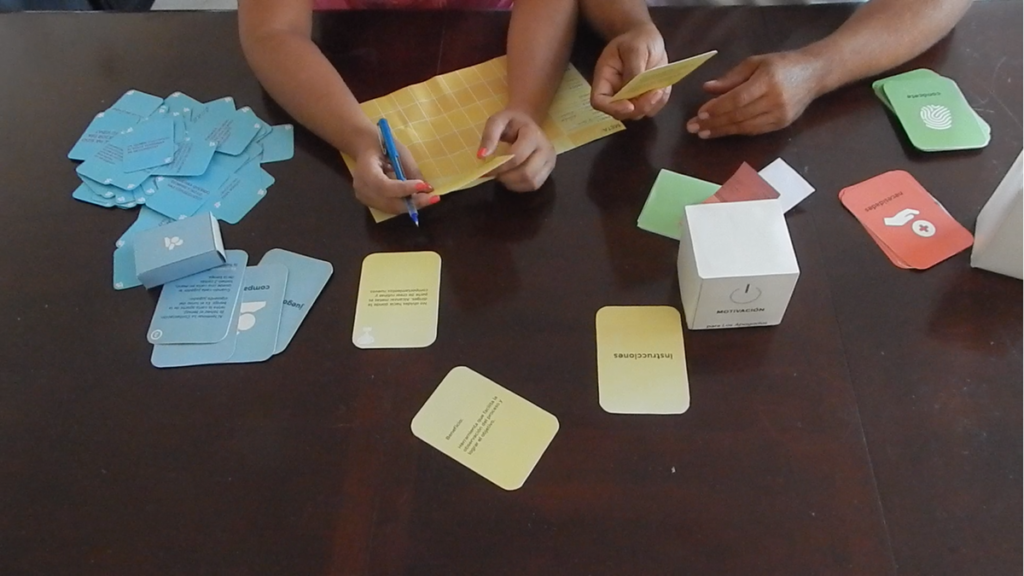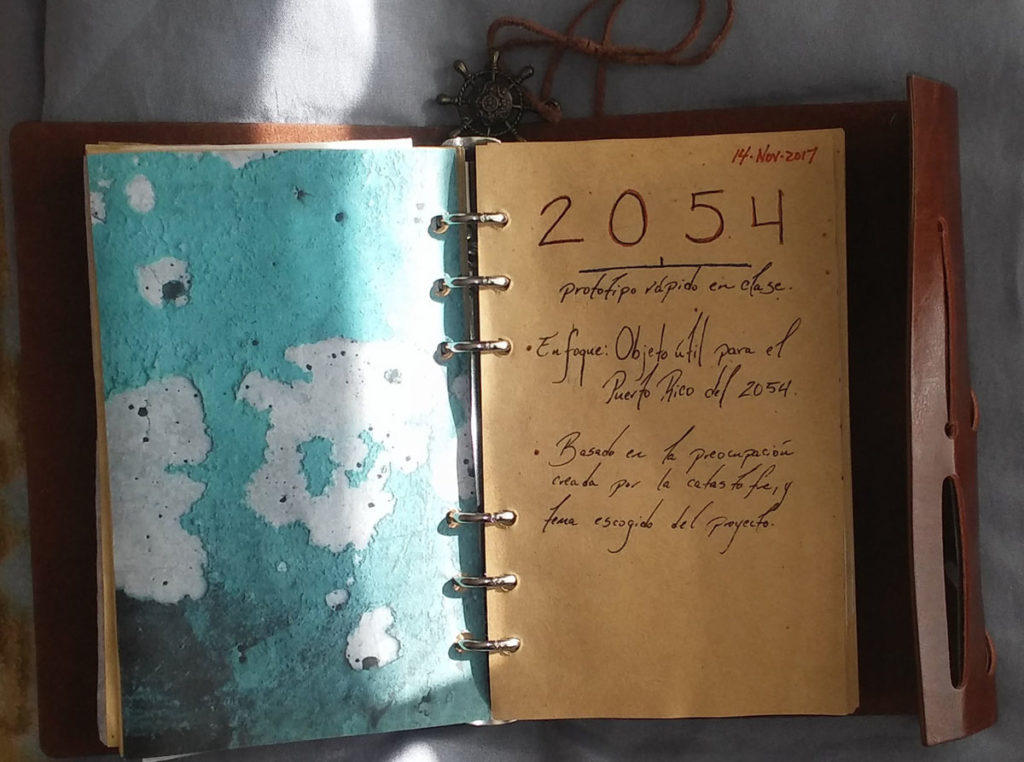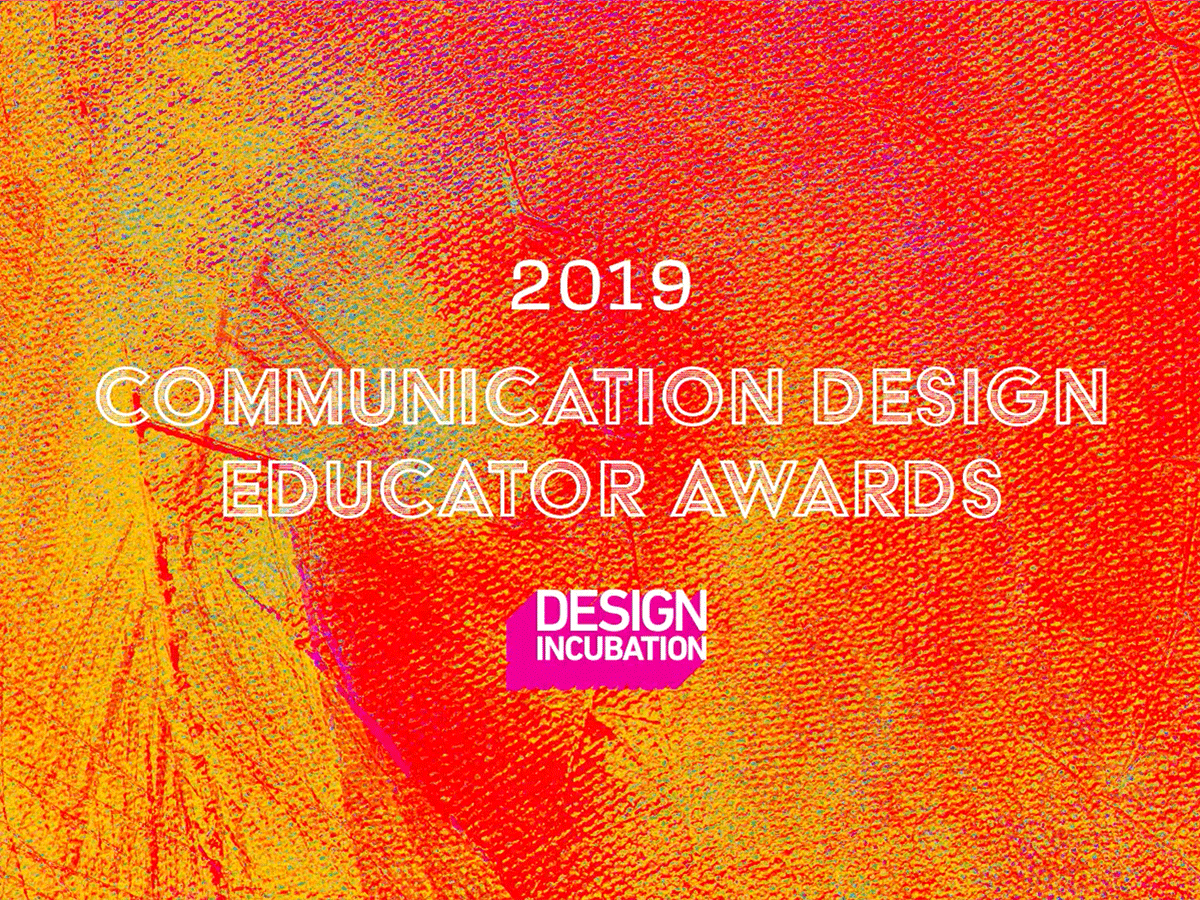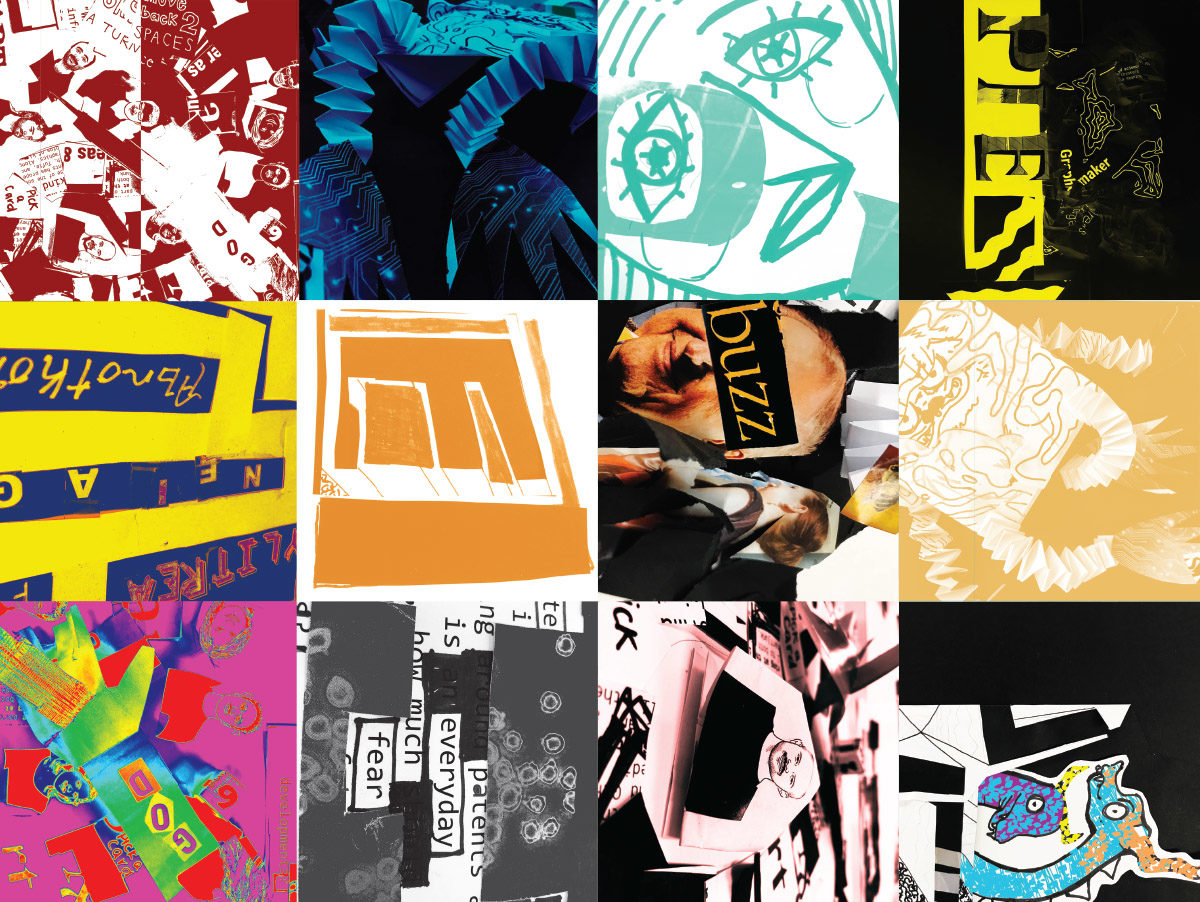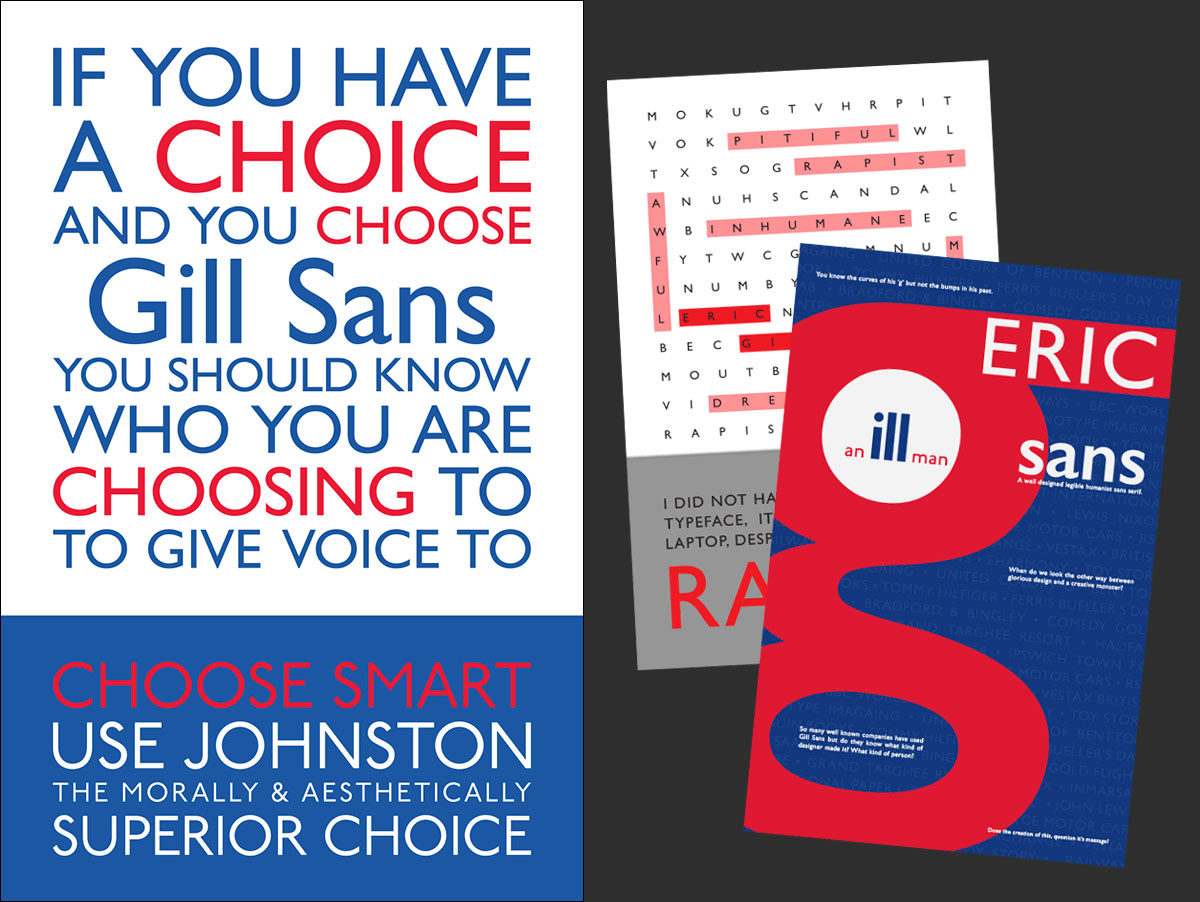Announcing the recipients of the Communication Design Research Awards in Creativity, Publishing, Teaching, and Service
Design Incubation and the Awards jury is pleased to announce the recipients of the 2019 Design Incubation Communication Design Educators Awards. We sincerely thank all who nominated colleagues and the design educators who entered the competition. As the 2019 jury chair, María Rogal, writes,
“We reviewed rich, diverse, and inspiring contributions from educators in the US and abroad. This excellence prompted us to offer more awards, including two winners in each of the scholarship categories. In addition, the jury identified an additional work for commendation—specifically attention to diversity, equity, and inclusion. We hope these works informs design educators and the field.”
We also want to take this opportunity to acknowledge and thank Steven McCarthy for his vision and service. Steven writes,
“After founding the award with Design Incubation, we’ve recognized some impressive work and have elevated the teaching, scholarship, creative practice and service of deserved colleagues. Of this I am proud!” In 2020, Audrey Bennett will serve as the awards jury chair. Finally, we express our thanks to Teal Triggs and Saki Mafundikwa and Design Incubation chairs, Aaris Sherin and Dan Wong, for their support of the 2019 Awards program.
Congratulations to these 2019 awardees:
SCHOLARSHIP—CREATIVE WORK AWARD
Sharon Oiga, Associate Professor, University of Illinois at Chicago;
Guy Villa Jr, Assistant Professor, Columbia College Chicago and
Daria Tsoupikova, Associate Professor University of Illinois at Chicago (with Jack Weiss, Chicago Design Archive;
Cheri Gearhart, Chicago Design Archive;
Wayne Stuetzer, Chicago Design Archive;
Krystofer Kim, Lead Animator, NASA; and
Ali Khan, Animator, University of Illinois at Chicago)
Warren Lehrer, Designer, Professor, SUNY, Purchase
Dennis J Bernstein, Poet, Executive Producer, Flashpoints Pacifica Radio
Rebekah Modrak, Professor, University of Michigan;
Jamie Lausch Vander Broek, Librarian, University of Michigan; and
Sam Oliver, Designer, Shaper Realities
SCHOLARSHIP—PUBLISHED RESEARCH AWARD
Rachel Beth Egenhoefer, Associate Professor, University of San Francisco, Editor
Dori Griffin, Assistant Professor, University of Florida, Editor
R. Brian Stone, Associate Professor, The Ohio State University and
Leah Wahlin, Senior Lecturer, The Ohio State University, Editors
TEACHING AWARD
Jonathan Hannan, Assistant Professor, Emily Carr University of Art + Design
Omari Souza, Assistant Professor, Texas State University
SERVICE AWARD
Katherine Mueller, Assistant Professor, Temple University
Kelly Murdoch-Kitt, Assistant Professor, University of Michigan and
Omar Sosa-Tzec, Assistant Professor, University of Michigan
JURY COMMENDATION for Diversity, Equity, and Inclusion
Maria Mater O’Neil, Adjunct Professor, Interamerican University, Fajardo Campus & University of Puerto Rico (Rio Piedras and Carolina Campus) and Lesley Ann Noel, Professor of Practice in Design Thinking, Tulane University
2019 JURORS
Audrey Bennett
Professor of Art and Design
University of Michigan
Saki Mafundikwa
Founder and Director
Zimbabwe Institute of Vigital Arts
Steven McCarthy
Professor of Graphic Design
University of Minnesota in Minneapolis/St. Paul
Maria Rogal (Chair)
Professor of Graphic Design/Design & Visual Communications
University of Florida
Teal Triggs
Professor of Graphic Design
School of Communication, Royal College of Art
Like this:
Like Loading...
